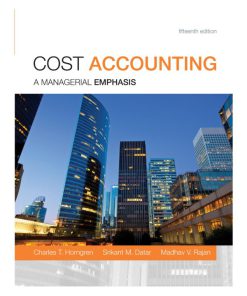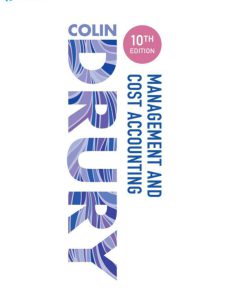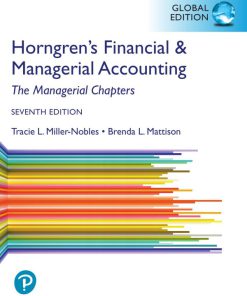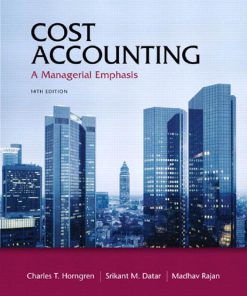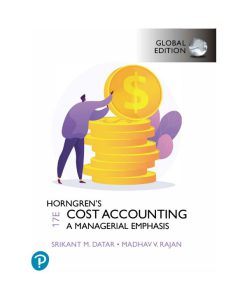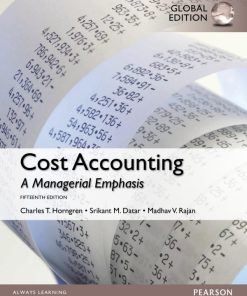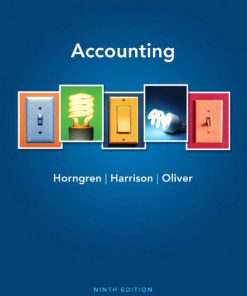(Ebook PDF) Management and Cost Accounting 6th edition by Alnoor Bhimani, Charles Horngren, Charles Horngren, Srikant Datar, Madhav Rajan 1292232684 9781292232683 full chapters
Original price was: $50.00.$25.00Current price is: $25.00.
Authors:Alnoor Bhimani; Charles T. Horngren; Srikant M. Datar; Madhav V. Rajan , Series:Management [16] , Tags:Cost Accounting , Author sort:Bhimani, Alnoor & Horngren, Charles T. & Datar, Srikant M. & Rajan, Madhav V. , Ids:9781292232669 , Languages:Languages:eng , Published:Published:Nov 2019 , Publisher:Pearson , Comments:Comments:This bestseller text offers clear, simple to understand and comprehensive coverage of management and cost accounting for students and professionals. Packed with illustrations, examples and real-life applications, Management and Cost Accounting brings together techniques, concepts and practices in a highly readable way. Keeping its international focus, the text includes a wealth of case studies featuring companies from around the world, and includes up-to-date coverage of AI and robotics and other technology which affects management accounting. Applications are explained using illustrations from real corporations, plus the text includes professional accountancy examination questions to help you practice. This book will help you learn about the aspects of management accounting that are essential in your study and your future performance in the workplace. Key Features Up-to-date and comprehensive coverage of digital technologies, including artificial intelligence, robotics, 3-D printing, the Internet of Things, and Big Data analytics. Expanded and revised sections on strategic management accounting, the balanced scorecard, quality costing, governance and sustainability, as well as aspects of internet entrepreneurship. A wealth of resources including professional accountancy practice exercises and end-of-chapter questions providing opportunities to learn and develop exam agility. Harvard Business School and other cutting edge case studies that illustrate how management accounting is deployed in enterprises across locations and situations. A range of new Concepts in Action boxes and the latest Surveys of Corporate Practices showing how accounting techniques are used by managers in the business world. MyLab Accounting is not included. Students, if MyLab Accounting is a recommended/mandatory component of the course, please ask your instructor for the correct ISBN and course ID. MyLab Accounting should only be purchased when required by an instructor. Instructors, contact your Pearson representative for more information. Alnoor Bhimani is Professor of Management Accounting and previous Head of LSE’s Department of Accounting and Director of Entrepreneurship at the London School of Economics and Political Science. Charles T. Horngren was the Edmund W. Littlefield Professor of Accounting at Stanford University. Srikant M. Datar is the Arthur Lowes Dickinson Professor of Business Administration and Faculty Chair of the Harvard Innovation Lab at Harvard Business School. Madhav V. Rajan is the Dean of the Booth School of Business at the University of Chicago.






